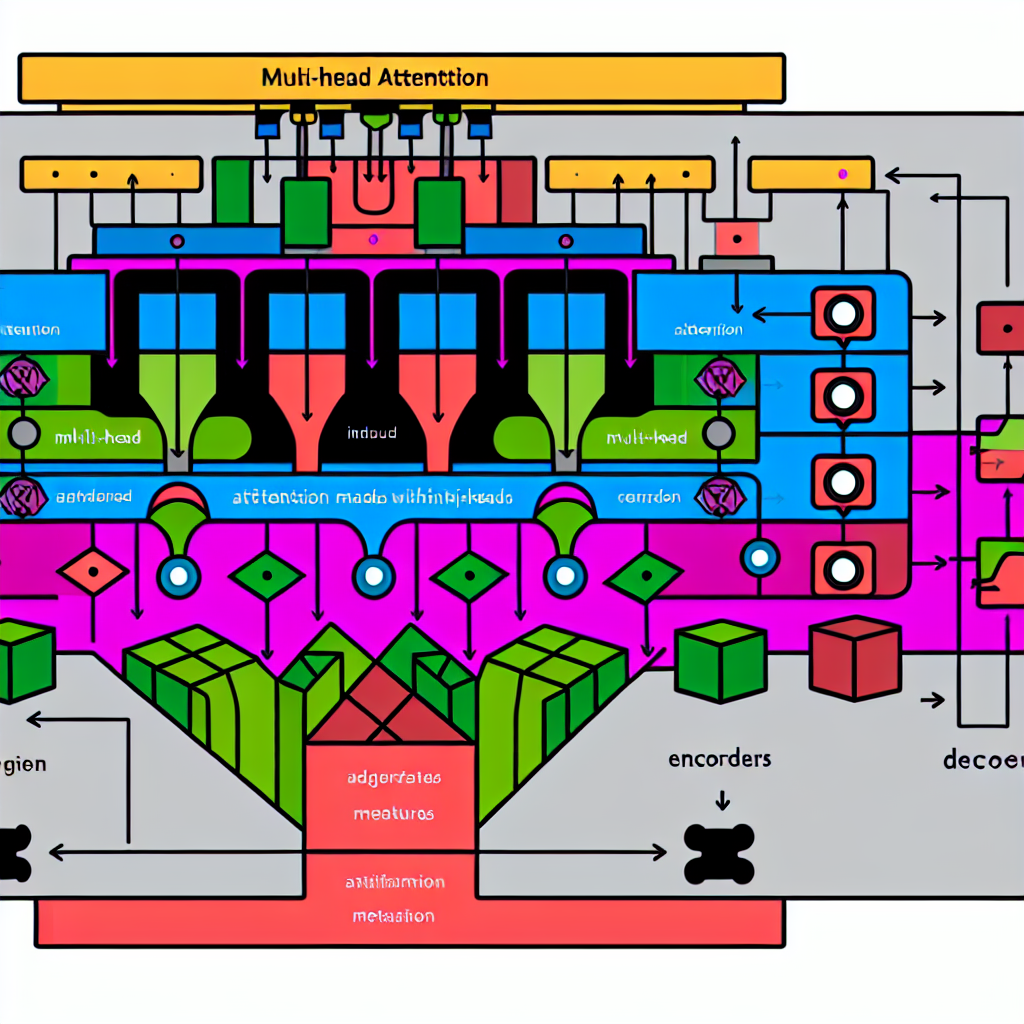Advanced Generative AI Workflows for 2025: Essential Insights for Model Deployment
Table of Contents
Understanding Generative AI
Generative AI refers to algorithms that can generate new content based on existing data. From text and images to sound, these models are designed to learn and replicate patterns, creating innovative solutions across various industries. The surge in generative AI’s popularity is partly due to its transformative potential in automating content creation, enhancing creativity, and solving complex problems.
By leveraging large datasets and sophisticated algorithms, generative AI models like GPT-3 and DALL-E 2 are pushing the boundaries of what’s possible. However, deploying these models efficiently remains a primary concern for developers, requiring robust workflows and advanced technologies.
Critical Workflow Components
A typical generative AI workflow encompasses several stages, each crucial for successful model deployment. Key components include data collection, preprocessing, model training, evaluation, and deployment. Ensuring these stages are seamless is essential for optimizing AI models.
Data collection involves gathering extensive datasets suitable for training generative models, while preprocessing ensures data cleanliness and relevance. Model training requires comprehensive computational resources, often leveraging cloud-based systems for scalability. Evaluation involves testing model performance against predefined metrics, crucial for refining outputs before deployment.
Emerging Tools and Frameworks
Several tools and frameworks facilitate the development and deployment of generative AI models. TensorFlow and PyTorch remain popular for their extensive libraries and community support, but new players like Hugging Face and OpenAI’s Codex are rapidly gaining traction.
Hugging Face provides model hubs and transformers that simplify integrating generative models, while OpenAI’s Codex offers a powerful AI-driven coding platform. These frameworks significantly reduce deployment time and complexity, allowing professionals to focus on improving model accuracy and functionality. For further integration strategies, explore detailed articles on advanced AI frameworks and integrating AI tools.
Real-World Applications
Generative AI is finding applications in numerous fields such as content creation, finance, and healthcare. In marketing, firms utilize AI-generated content to automate copywriting and optimize campaigns. Financial institutions leverage generative models for predictive analytics, while healthcare organizations use them to synthesize medical images, aiding in diagnostics.
For instance, a global marketing agency optimized its client engagement by deploying a GPT-3 powered chatbot. The result was a 30% increase in customer interaction and satisfaction rates. Such applications demonstrate the intrinsic value of generative AI in generating content that resonates with audiences.
Optimizing Model Deployment
Optimizing model deployment involves selecting the right platforms, ensuring data security, and achieving scalability. Many organizations opt for cloud-provider services such as AWS SageMaker or Google AI Platform, which offer the flexibility and compute power needed for extensive model training and deployment.
Ensuring data security and model integrity through encryption and compliance with regulations like GDPR or CCPA is paramount. Scalable deployment is also essential; models should be capable of handling varying loads without sacrificing performance. Ensuring these factors can reduce latency and improve overall user experience.
FAQ
What is generative AI?
Generative AI involves using algorithms to create new content, such as text, images, and sound, by learning from existing data patterns.
Which frameworks are best for generative AI?
Popular frameworks include TensorFlow, PyTorch, Hugging Face, and OpenAI Codex, each offering unique features for model development and deployment.
How can I ensure secure model deployment?
Implement strong encryption practices, comply with data protection regulations, and use secure cloud services to ensure the security of your models.
What are common applications of generative AI?
Generative AI is used in content creation, predictive analytics in finance, diagnostic imaging in healthcare, and automating marketing strategies.
Conclusion
Generative AI workflows provide dynamic solutions, propelling various industries towards innovation and efficiency. By understanding and optimizing these workflows, deploying AI models becomes a streamlined process that enhances operational capabilities. As we look to the future, staying updated with emerging trends and technologies will be crucial. We encourage AI enthusiasts and professionals to subscribe to our updates for more insights on AI advancements.
For further reading, explore our guide on the future of AI and how it’s shaping industries worldwide. Stay informed, stay ahead.



